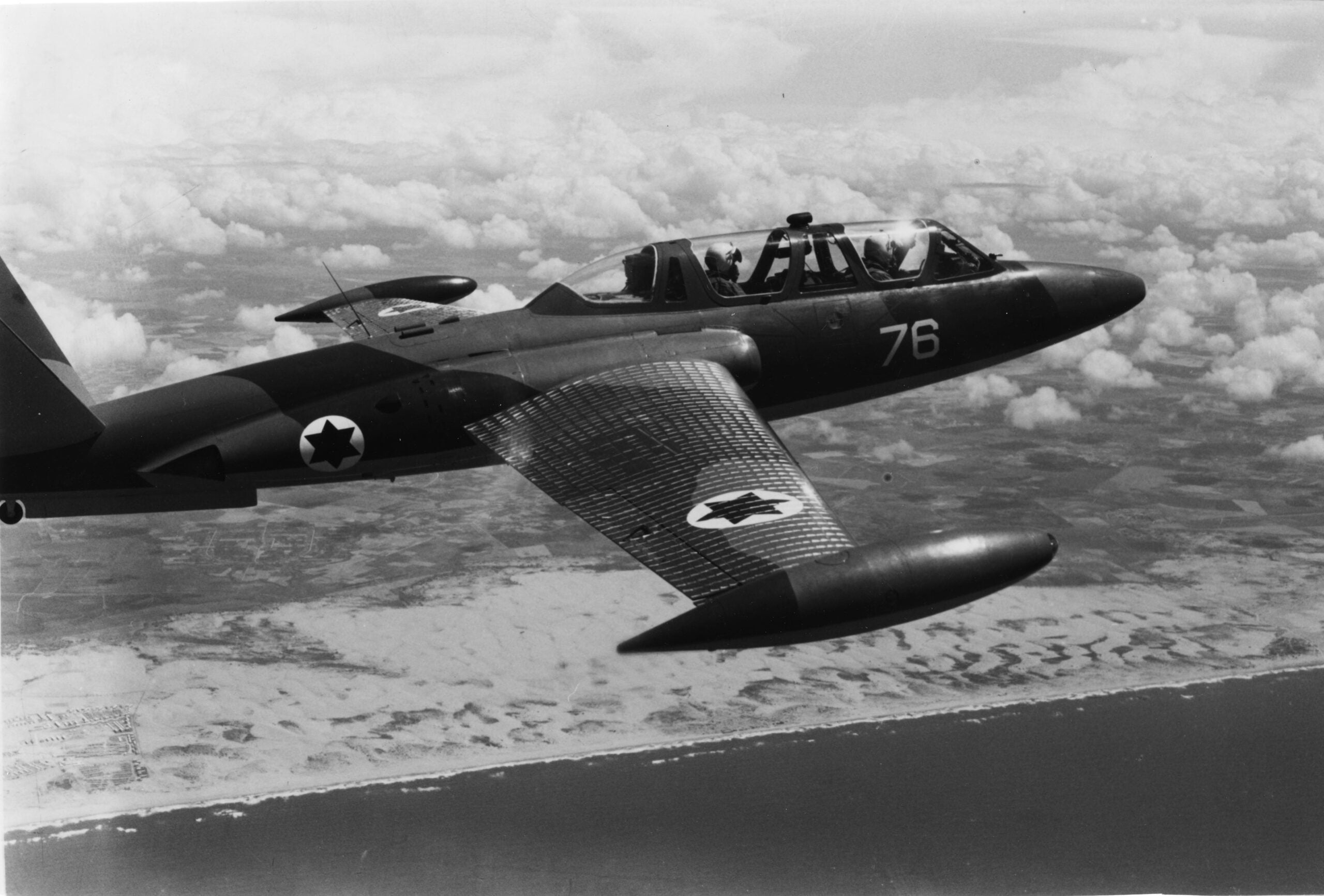
In July 1960, Israel’s first locally-produced Fouga Magister entered service with the Israeli Air Force. Built by IAI, or as it was then known then Bedek Aviation Group, the process of making the aircraft began a process of transformation that formed a broad basis for the work IAI does today.
The Fouga Magister served in the country’s flight school and saw a combat role during the Six-Day War in 1967. The Fouga, as it was known in the Israel Air Force (IAF), and its successor in the 1980s the IAI Tzukit, remained the primary IAF training platform for the next 50 years.
IAI Aircraft Advanced Design & Development, Engineering & Development Division, Aviation Group director Rami Skladman told Air Force Technology that several challenges during production; including the ability to import components, led to the development of in-house construction skill at IAI.
Skills that, without the production of the Fouga, would have likely seen the company remain a provider of maintenance rather than a developer of systems as it is today.
Skladman said: “If IAI had not taken on those challenges we would probably have continued, even up until today, doing only maintenance and not dealing with engineering, development, putting satellites into space, or developing fighters or UAVs.
“At that point in time IAI decided to face the specific problems and meet the challenges and started to develop IAI’s capabilities indigenously.”

US Tariffs are shifting - will you react or anticipate?
Don’t let policy changes catch you off guard. Stay proactive with real-time data and expert analysis.
By GlobalDataOn the example of fighter jets, Skladman explained that building the Fouga meant the company had to focus not just on overhaul and maintenance but on meeting the Air Force requirements and getting the aircraft certified with full military standards.
He went on to say that a lot of IAI’s current work on composite materials for air and space systems can be traced back to the company’s early work on the Fouga, as it had to source alternative materials for the production of the aircraft due to local production capabilities with Magnesium alloys.
 Image: IAI.
Image: IAI.
At the time the company began working on the Fouga, the company’s engineers chose to work with composite materials like fibreglass to manufacture components for the aircraft that otherwise could not have sourced in-country. This, Skladman explained, had the knock-on effect of making the aircraft cheaper and lighter.
Skladman added: “Go backwards to the challenges we faced back then, and you can see how it changed our DNA to enable us to continue to deal with challenges for the next years, because, each programme comes with new difficulties and challenges.”
In adapting the aircraft for Israeli use, IAI also had to adjust the configuration of the aircraft to meet the country’s particular requirements.
IAI, still then known as Bedek, produced 45 aircraft, peaking at a rate of two aircraft per month before in 1964 the Israeli Air Force stopped purchasing Fouga Magisters from IAI. After this point, future Magisters were sourced from Germany and France, where the aircraft was also produced.
Despite not producing further aircraft, however, IAI adapted and upgraded the German and French sourced aircraft to Israeli configuration standard and provided in-service support to the aircraft.
In September 1980 IAI handed over to the Israeli Air force the first upgraded and modernised version of the Fouga, the IAI Tzukit. Up to November 1986, a total of 85 Fouga aircraft were converted to this configuration, which all served up till the aircraft’s retirement in 2010 and replacement with the T-6A.



